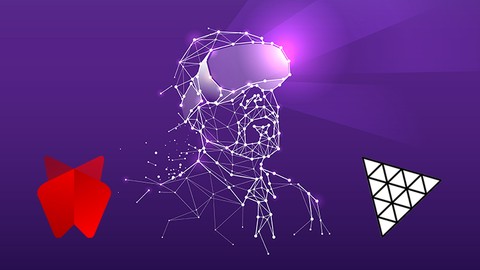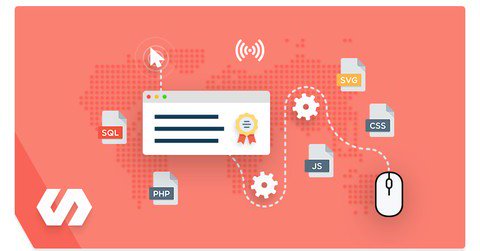
Learn to create WebXR, VR and AR, experiences using Three.JS Course
Harness the power of the new WebXR API and Three.JS to bring immersive experiences, VR and AR, to the browser
WebXR brings both VR and AR to the browser. The API has the massive forces of Google and Amazon behind it so it looks like immersive experiences, using only a browser, are going to make a huge impact in the near future. WebXR works great in the Oculus headsets and the Chrome Android browser is already supporting the API for both AR and VR experiences. But WebXR only harnesses the sensors on a mobile device and creates an agreed definition of how to use this data. To actually visualise 3D content you need a WebGL library and there is no better one to use than Three.JS. This mature Open Source library has many users around the globe and is supported by many developers. Three.JS is at version 118 at the time of writing and is a robust, production ready library. Recently WebXR support was added to the library. Making it easy for developers to create immersive experiences.
In this course you’ll learn how easy it is, using Three.JS, to create VR and AR experiences. To get the best from the course you will need to be comfortable with JavaScript coding. No other prerequisites are required.
Best Seller Course: Create WebXR, VR and AR apps, using the Wonderland Engine
What you’ll learn
- How to easily create VR and AR apps that work in the browser
- How to use the ThreeJS library to create these apps
- How to handle controllers
- How to replace the controllers with custom models
- How to create architectural walk-throughs, games and training apps.
- How to add an in world UI
- Developing AR apps that support real world hit testing
- Learn game VR techniques such as teleporting and interacting with models in the scene using controllers.
You May Also Need This Course: The Complete Java Game Development Course for 2023





